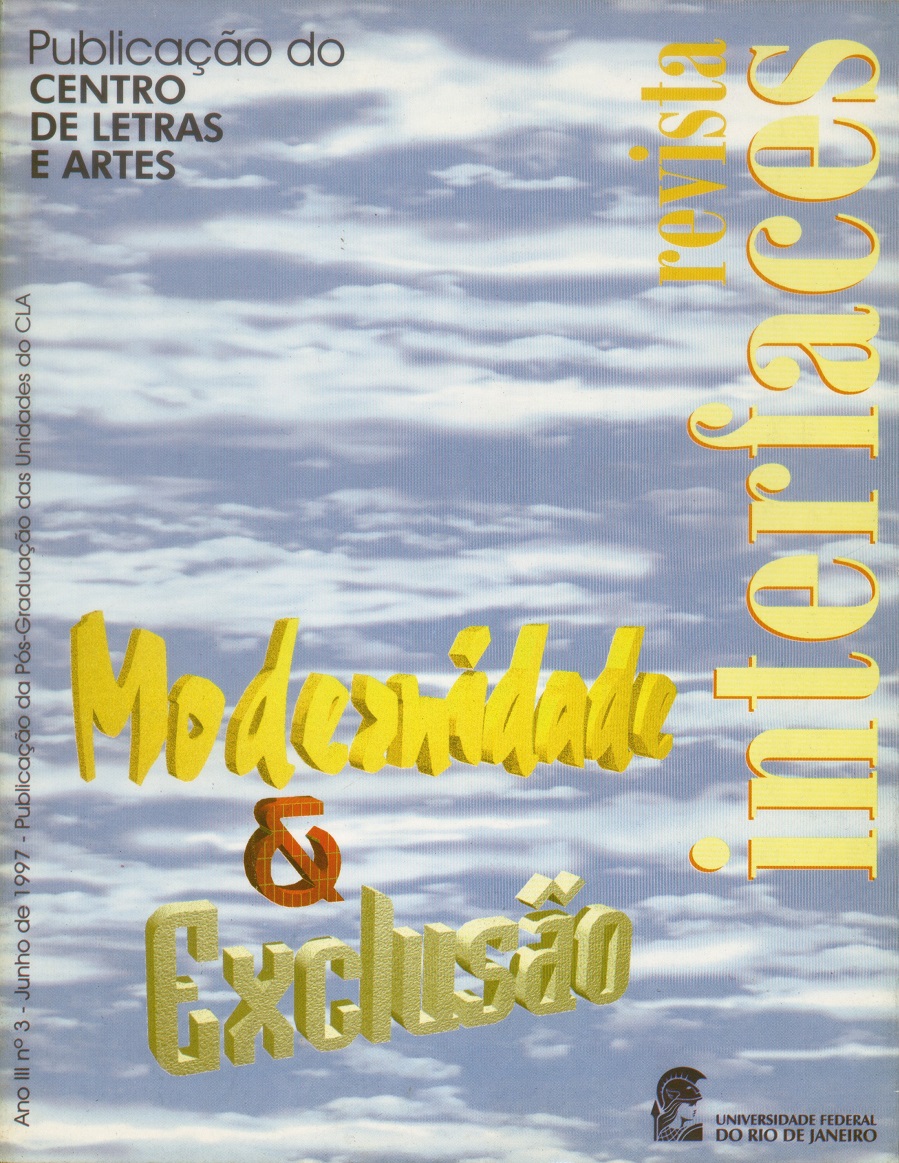A consideração do clima no projeto de arquitetura e localização industrial - Uma proposta em benefício do homem e da produção
Palavras-chave:
Meio ambiente, Teoria dos conjuntosResumo
The aim of this paper is to discuss the different values of the Modern Era as regards the occupation of the geographical areas by industrial plants. Although these are general considerations, the proposed model derives from the effective applications in the scientific and occupational fields. Issues related to environmental impact and the climate ought to be considered because human-beings are the crucial element in the model.This fact brings about ambiguities which are to be treated by a non-deterministic logic. The uncertainty and the imprecision when determining the locational attributes suggest the usage of linguistic representation when interpreting the facts and happenings. The theory of the fuzzy sets furnish the means for the representation of the uncertainties and it is here proposed as a form of a locational model and as an important toot to shape the uncertainty associated to imprecision.Downloads
Referências
BARTHOLO Jr, Roberto S. (1986) Os Labirintos do Silêncio - Cosmovisão e Tecnologia na modernidade. Rio de Janeiro: Editora Marco Zero - COPPE-UFRJ.
CAPRA, Fritjof (1982),O Ponto de Mutação. Säo Paulo: Editora Cultrix.
CLEMENTE, Ademir (1994), Economia Regional e Urbana. São Paulo: Atlas. Comissão Mundial sobre Meio Ambiente e Desenvolvimento ( 1991) Nosso Futuro Comum. Rio de Janeiro: Editora da Fundação Getúlio Vargas.
COSENZA, Carlos Alberto N. (1994) Localização Industrial- Delineamento de uma metodologia para a hierarquização das Potencialidades Regionais,COPPE UFRJ, mimeo.
______. (1981) A Industrial location Model, Working paper, Martin Center for Architectural and Urban Studies, Cambridge University.
DAY, R.D. ( 1972) Percepção Humana. Rio de Janeiro: Livros Técnicos e Científicos Editora.
DRUCKER, Peter (1975) Administração- Responsabilidades,Tarefas e Práticas. São Paulo: Livraria Pioneira Editora.
GIEDION, S. ( 1978) Espacio, Tiempo y Arquitectura. Madrid: Editorial Dossat.
FORGUS, Ronald, H. (1971) Percepção - O Processo Básico do Desenvolvimento Cognitivo. Editora Herder.
GEORGE, Pierre (1984) O Meio Ambiente. Lisboa: Edições 70.
GONZALEZ, E. (1986) Proyecto Clima Arquitectura. México: Ed. Gustavo Giii.
GÖSSEL, Pe Leuthäuser,G. (1991) Architecture In the Twentieth Century, Colónia: Taschen.
HADDAD, PR.,et alii. (1989) Economia Regional,Teorias e Métodos de Análise.Fortaleza: Banco do Nordeste do Brasil.
JAMSHIDI, Mohammad (1993) Fuzzy Logic and Control. New Jersey: Prentice Hall.
KLIR, George J.(1988) Fuzzy Sets - Uncertanty and information: New Jersey: Prentice Hall
KOSKO, Bart (1993) Fuzzy Thinking: The New Science of Fuzzy Logic . New York: Hyperion.
NIEUWOLT, S.( 1984) Design for Climate in Hot, Humid Cities, WMO - World Climate Programme : Urban Climatology and its Application with Special Regard to Tropical Areas, Proceedings of the Technical Conference,México D.F.,514-534, Novembro, , Genova, WMO, 534 p. il.,(WMO,652-WCP).
PINTO,James(1975)Background and Development of Location Theory. Norman, Oklahoma: The University of Oklahoma Graduate College.
PORTO,Maria Maia (1996) A Consideração do Clima no Projeto Industrial-Um Elo entre Localização e Arquitetura em Benefício do Homem da Produção Condicionada à Preservação Ambiental, Tese de doutorado, COPPE, UFRJ.
ROSA, Luís Pingueli (1985) Visão integrada das Fontes de Energia. Rio de Janeiro: Economia e Tecnologia da Energia, Rio de Janeiro: Ed. Marco Zero, FINER
SORENSEN, B. (1994) IAEA Workshop on Comprehensive Climate-Benign Energy Planning,"The Use of Life-Cicle Analysis to Address Energy Cycle Externality Problems", Beijing, China.
ZIMMERMAN, Haus J. (1985),Fuzzy Set Theory and its Applications. Norwell, M.A.: Kluwer Academic Publishers.
Downloads
Publicado
Edição
Seção
Licença

Este trabalho está licenciado sob uma licença Creative Commons Attribution 4.0 International License. O envio dos trabalhos implica a cessão sem ônus dos direitos de publicação, inclusive em versão eletrônica online. Todos os diretos provenientes da venda da revista ficam cedidos à Revista InterFACES. A republicação dos trabalhos deve mencionar a publicação original em Revista InterFACES.


